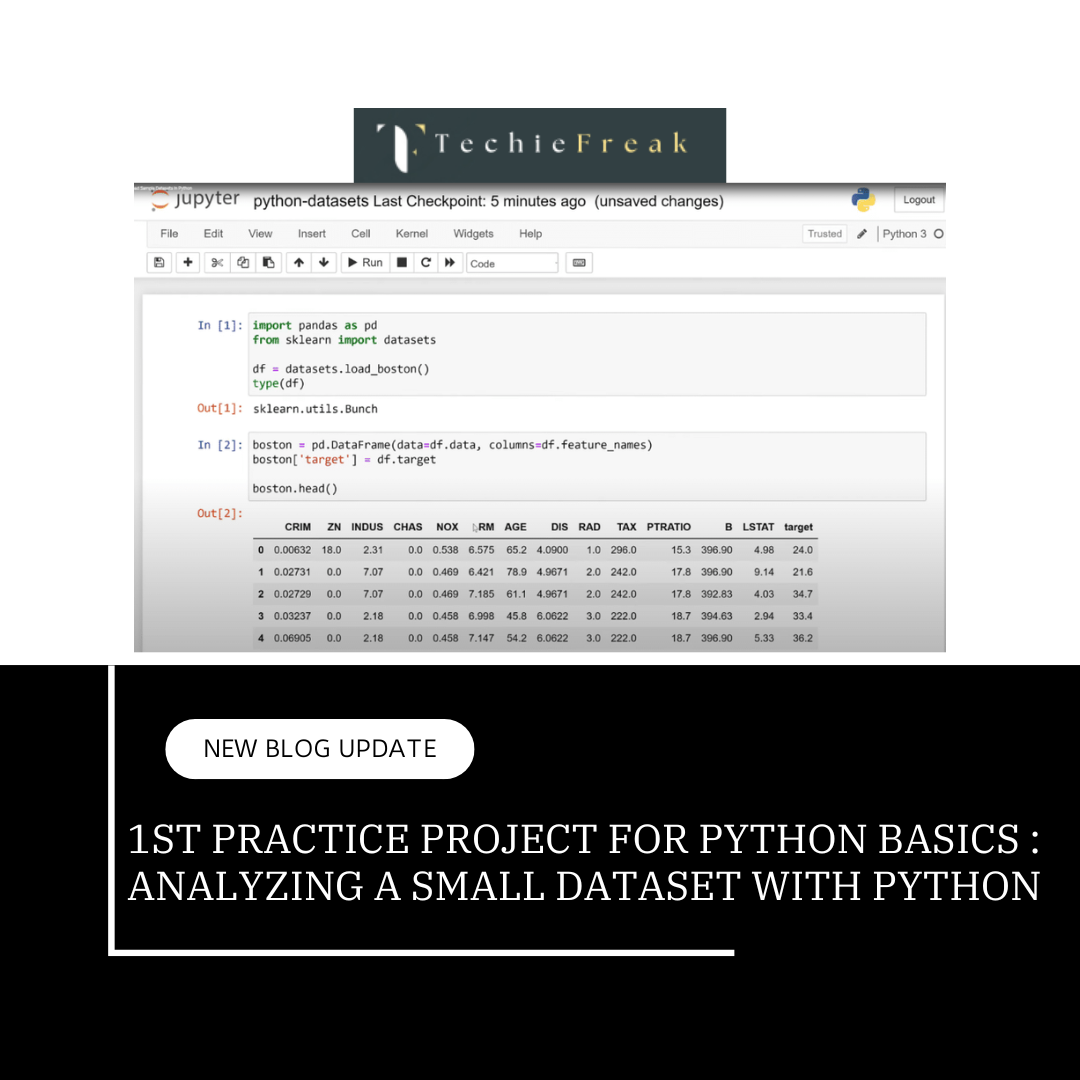In the world of Python programming, the ability to write reusable code is crucial for building efficient, scalable, and maintainable applications. Reusable code eliminates redundancy, reduces errors, and accelerates the development process. This blog will delve deeply into functions and lambda functions, the two primary tools for crafting reusable Python code.
1. Understanding Functions
A function is a block of organized, reusable code designed to perform a specific task. Functions make your program modular, allowing you to isolate specific operations and use them across different parts of your codebase.
Why Use Functions?
- Code Reusability: Write once, use multiple times.
- Modularity: Break down large tasks into smaller, manageable pieces.
- Readability: Well-defined functions make code easier to understand.
- Maintenance: Bugs can be fixed at one place rather than across multiple code locations.
1.1 Anatomy of a Function
Here’s what makes up a Python function:
- Function Definition: Defined using the def keyword.
- Name: Functions must have a name to be called later.
- Parameters (Optional): Variables passed into the function as input.
- Body: The indented block containing the function's logic.
- Return Statement (Optional): Returns a result to the caller.
Example: A Simple Function
def greet():
print("Hello, World!")
1.2 Function Parameters and Arguments
Positional Arguments
The simplest way to pass data to a function:
def add(a, b):
return a + b
print(add(3, 4)) # Output: 7
Default Arguments
Define default values for parameters:
def greet(name="Guest"):
print(f"Hello, {name}!")
greet() # Output: Hello, Guest!
greet("Alice") # Output: Hello, Alice!
Keyword Arguments
Specify arguments using their names:
def divide(a, b):
return a / b
print(divide(b=4, a=20)) # Output: 5.0
Variable-Length Arguments
Handle an unknown number of arguments using *args and **kwargs:
# Using *args for positional arguments
def total_sum(*args):
return sum(args)
print(total_sum(1, 2, 3, 4)) # Output: 10
# Using **kwargs for keyword arguments
def display_info(**kwargs):
for key, value in kwargs.items():
print(f"{key}: {value}")
display_info(name="Alice", age=25)
# Output:
# name: Alice
# age: 25
1.3 Return Values
The return keyword sends the result of a function back to its caller. Without return, a function will return None by default.
Example:
def multiply(a, b):
return a * b
result = multiply(5, 6)
print(result) # Output: 30
1.4 Nested Functions and Scope
Python allows functions to be defined inside other functions, creating a local scope for the inner function.
Example:
def outer_function():
def inner_function():
print("Hello from the inner function!")
inner_function()
outer_function()
# Output: Hello from the inner function!
1.5 Practical Applications of Functions
- Data Processing: Repeatedly perform similar operations on datasets.
- Validation: Write functions to validate inputs.
- Custom Calculations: Implement specific formulas for a project.
Here's a deeper dive into Working with Lambda Functions:
2. Understanding Lambda Functions in Depth
_1734977215.png)
Lambda functions, also known as anonymous functions, allow you to create functions without formally defining them using the def keyword. While they may seem simple, they offer a great deal of power for specific use cases, especially when used in conjunction with other Python tools.
2.1 Why Use Lambda Functions?
Lambda functions are not a replacement for regular functions, but they are particularly useful when:
- Simplicity: You need a quick, one-time-use function without the need for formal definition.
- Compactness: Keeping the code concise makes lambda functions great for small tasks.
- Integration: They work seamlessly with Python's functional programming features like map(), filter(), and reduce().
2.2 The Syntax of Lambda Functions
The syntax of a lambda function is simple and compact:
lambda arguments: expression
- Arguments: Like a regular function, you can pass any number of arguments.
- Expression: A single, concise expression to be evaluated and returned.
Example:
double = lambda x: x * 2
print(double(4)) # Output: 8
2.3 Key Characteristics of Lambda Functions
- Single Expression: Lambda functions can only consist of a single expression. This keeps them concise but limits complexity.
- Anonymous: They don’t have a name unless explicitly assigned to a variable.
- Inline Definition: They’re often used where a function is required temporarily, like inside another function or method.
2.4 Using Lambda Functions with Examples
1. Simple Lambda Examples
a. Single Argument
square = lambda x: x ** 2
print(square(5)) # Output: 25
b. Multiple Arguments
add = lambda a, b: a + b
print(add(3, 7)) # Output: 10
c. Conditional Statements
You can include conditionals in a lambda function using if and else:
max_num = lambda a, b: a if a > b else b
print(max_num(10, 20)) # Output: 20
2. Lambda Functions in Functional Programming
Functional programming (FP) is a programming paradigm that treats computation as the evaluation of mathematical functions and avoids changing state or mutable data. It emphasizes a declarative approach, where the focus is on "what to do" rather than "how to do it."
a. Using map()
The map() function applies a lambda function to every element in an iterable.
numbers = [1, 2, 3, 4]
squared = list(map(lambda x: x ** 2, numbers))
print(squared) # Output: [1, 4, 9, 16]
b. Using filter()
The filter() function filters elements based on a condition defined in the lambda function.
numbers = [1, 2, 3, 4, 5, 6]
even_numbers = list(filter(lambda x: x % 2 == 0, numbers))
print(even_numbers) # Output: [2, 4, 6]
c. Using reduce()
The reduce() function applies a rolling computation, combining elements of an iterable.
from functools import reduce
numbers = [1, 2, 3, 4]
product = reduce(lambda x, y: x * y, numbers)
print(product) # Output: 24
3. Using Lambda Functions with Sorting
Lambda functions are widely used as key arguments in sorting.
a. Sorting Lists of Tuples by the Second Element
data = [(1, 'b'), (3, 'a'), (2, 'c')]
sorted_data = sorted(data, key=lambda x: x[1])
print(sorted_data) # Output: [(3, 'a'), (1, 'b'), (2, 'c')]
b. Sorting a List of Dictionaries by a Specific Key
students = [{'name': 'Alice', 'age': 24}, {'name': 'Bob', 'age': 22}]
sorted_students = sorted(students, key=lambda x: x['age'])
print(sorted_students)
# Output: [{'name': 'Bob', 'age': 22}, {'name': 'Alice', 'age': 24}]
4. Using Lambda Functions with Custom Functions
Lambda functions can be embedded in custom functions for flexibility.
Example: Passing a Lambda as an Argument
def apply_operation(a, b, operation):
return operation(a, b)
result = apply_operation(10, 5, lambda x, y: x + y)
print(result) # Output: 15
2.5 When Should You Avoid Lambda Functions?
- Complex Logic: If the function requires multiple statements, a regular def function is better for readability.
- Repeated Use: Use regular functions if the same code needs to be reused across your project.
- Debugging: Lambda functions don’t have a name, making debugging harder.
2.6 Advanced Use Cases of Lambda Functions
1. Combining Lambda with List Comprehensions
Lambda functions can sometimes complement list comprehensions for complex conditions.
data = [10, 15, 20, 25]
filtered_data = [x for x in data if (lambda y: y % 2 == 0)(x)]
print(filtered_data) # Output: [10, 20]
2. Dynamic Lambda Functions
Dynamic lambda functions refer to the use of Python's lambda expressions to create small, anonymous functions dynamically at runtime. These are especially useful when you need simple functionality on-the-fly without defining a full function using def.
Lambda functions in Python are typically one-liners that can take any number of arguments but only have a single expression.
You can create dynamic lambda functions on the fly, such as custom calculators.
operation = lambda x, y, op: x + y if op == 'add' else x - y
print(operation(10, 5, 'add')) # Output: 15
print(operation(10, 5, 'subtract')) # Output: 5
3. Lambda in Higher-Order Functions
Lambda functions work seamlessly in functions that accept other functions as arguments.
def transform_list(data, func):
return [func(x) for x in data]
result = transform_list([1, 2, 3, 4], lambda x: x ** 3)
print(result) # Output: [1, 8, 27, 64]
Key Takeaways :
- Functions:
- Modular, reusable code for better readability, maintenance, and scalability.
- Can accept different types of arguments (positional, keyword, and variable-length).
- Lambda Functions:
- Concise, anonymous functions for short, one-time tasks.
- Useful with functions like map(), filter(), and reduce(), and for quick inline operations.
- When to Avoid Lambda Functions:
- Avoid when logic is complex, or the function needs to be reused often.
- Advanced Use Cases:
- Lambda functions can be used in list comprehensions, passed as arguments, or dynamically created for flexible operations.
Next Topic : Understanding Python Modules and Importing Libraries
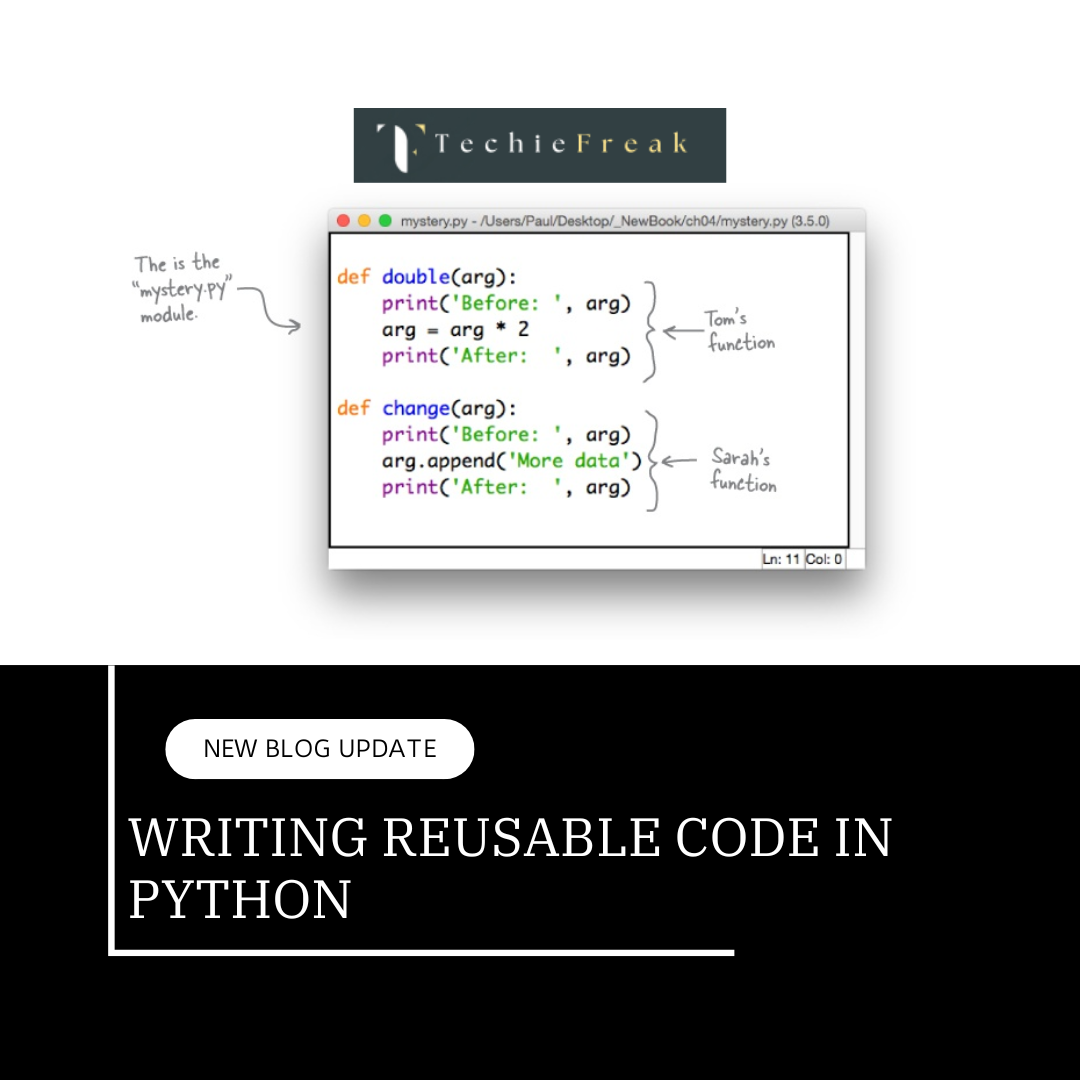

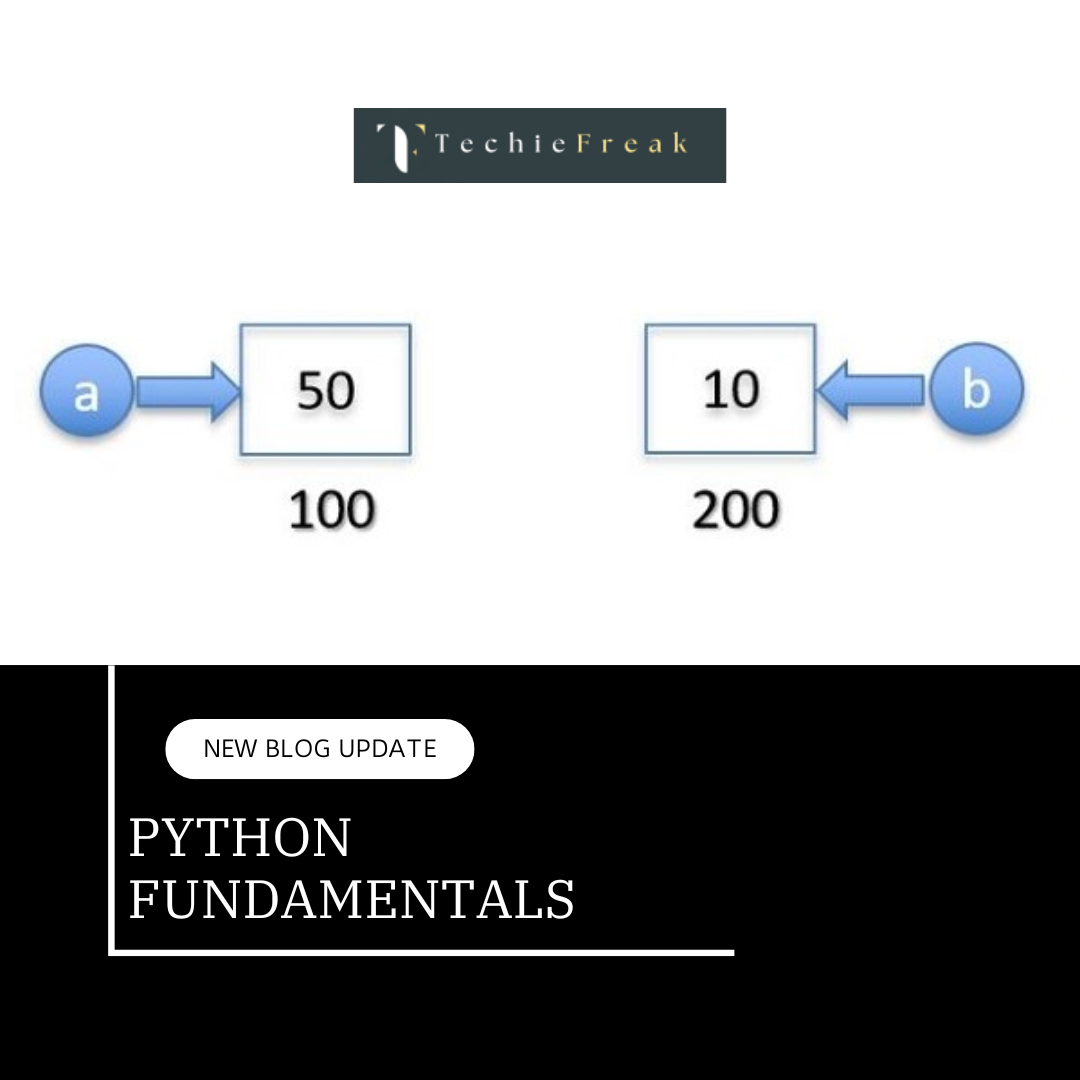
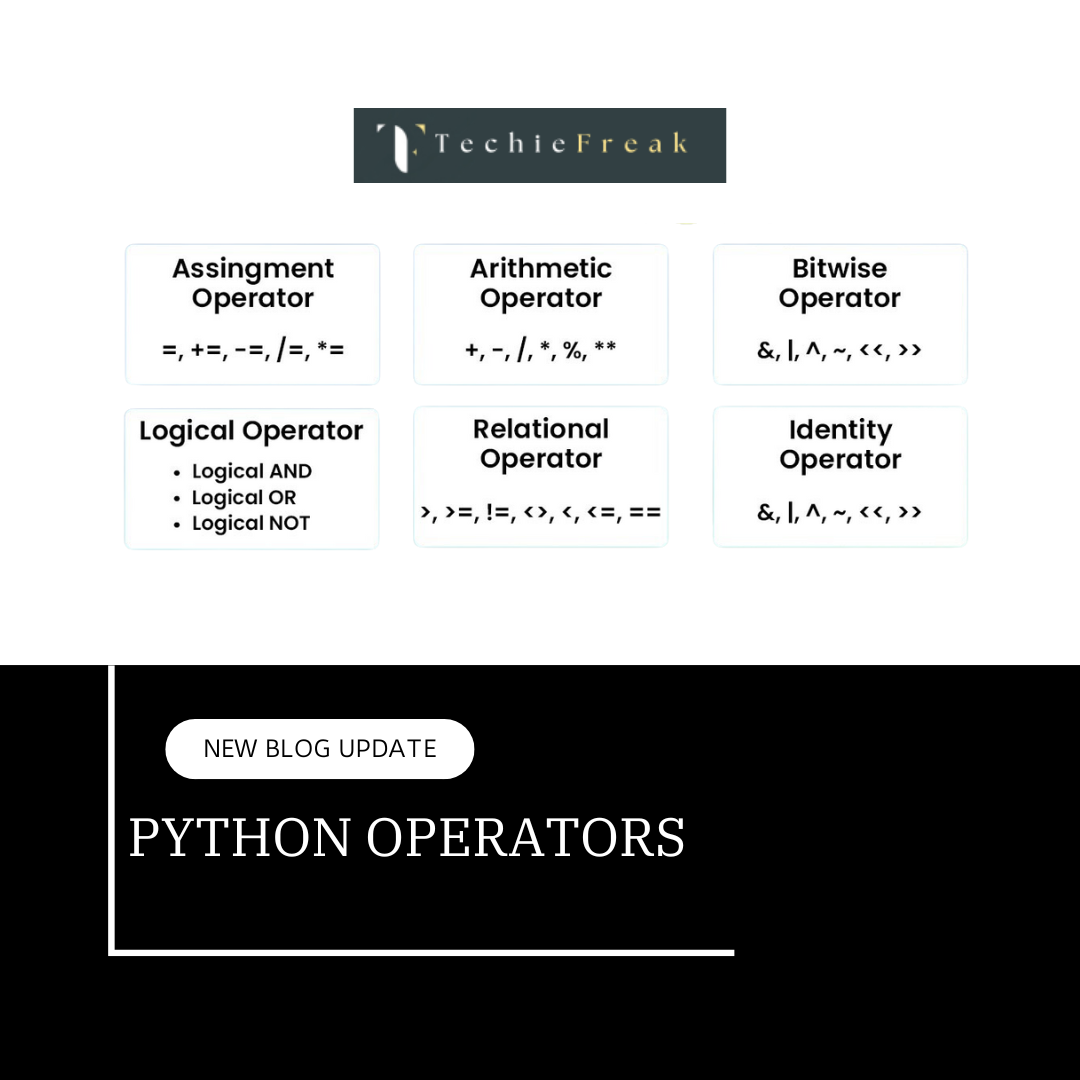
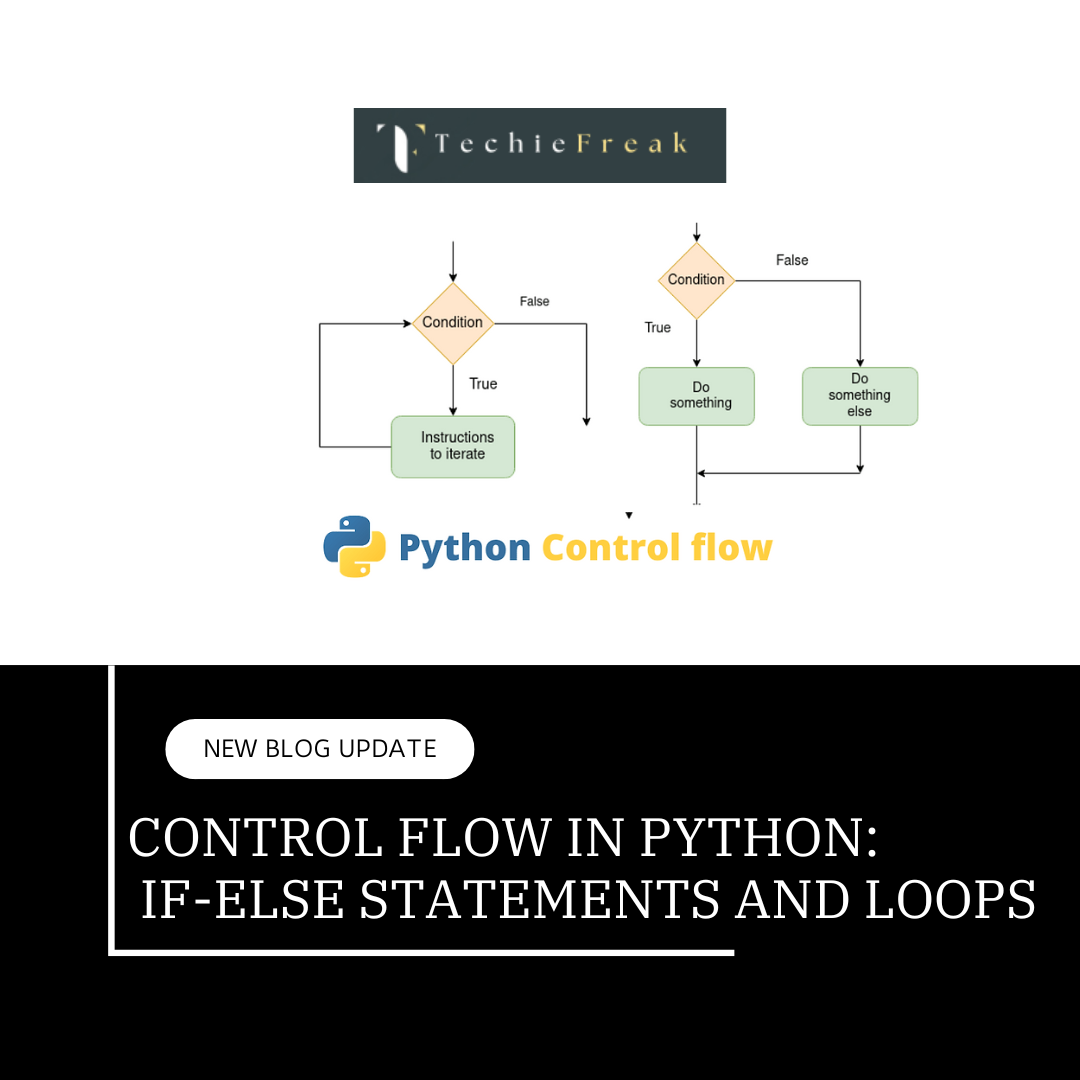
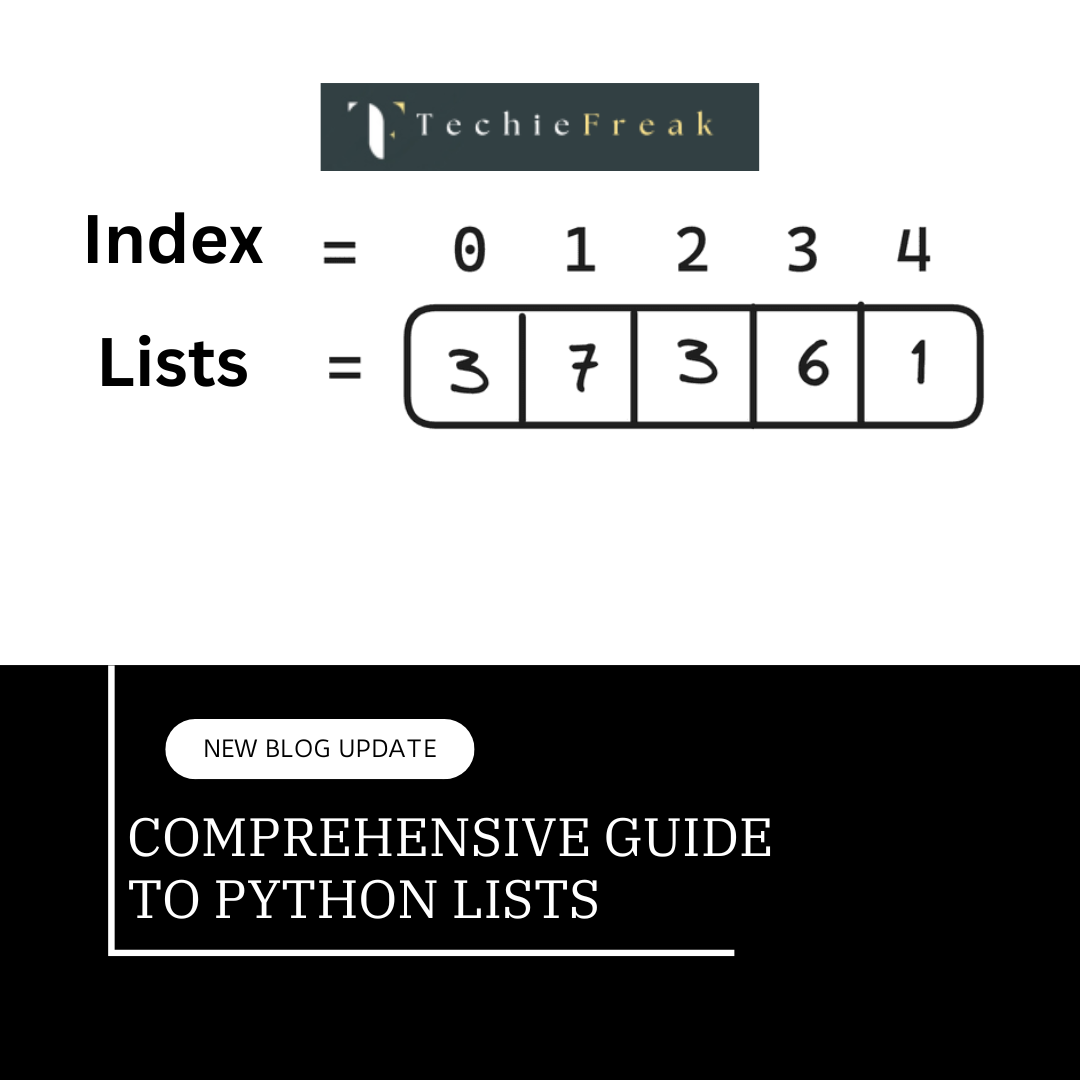
.png)


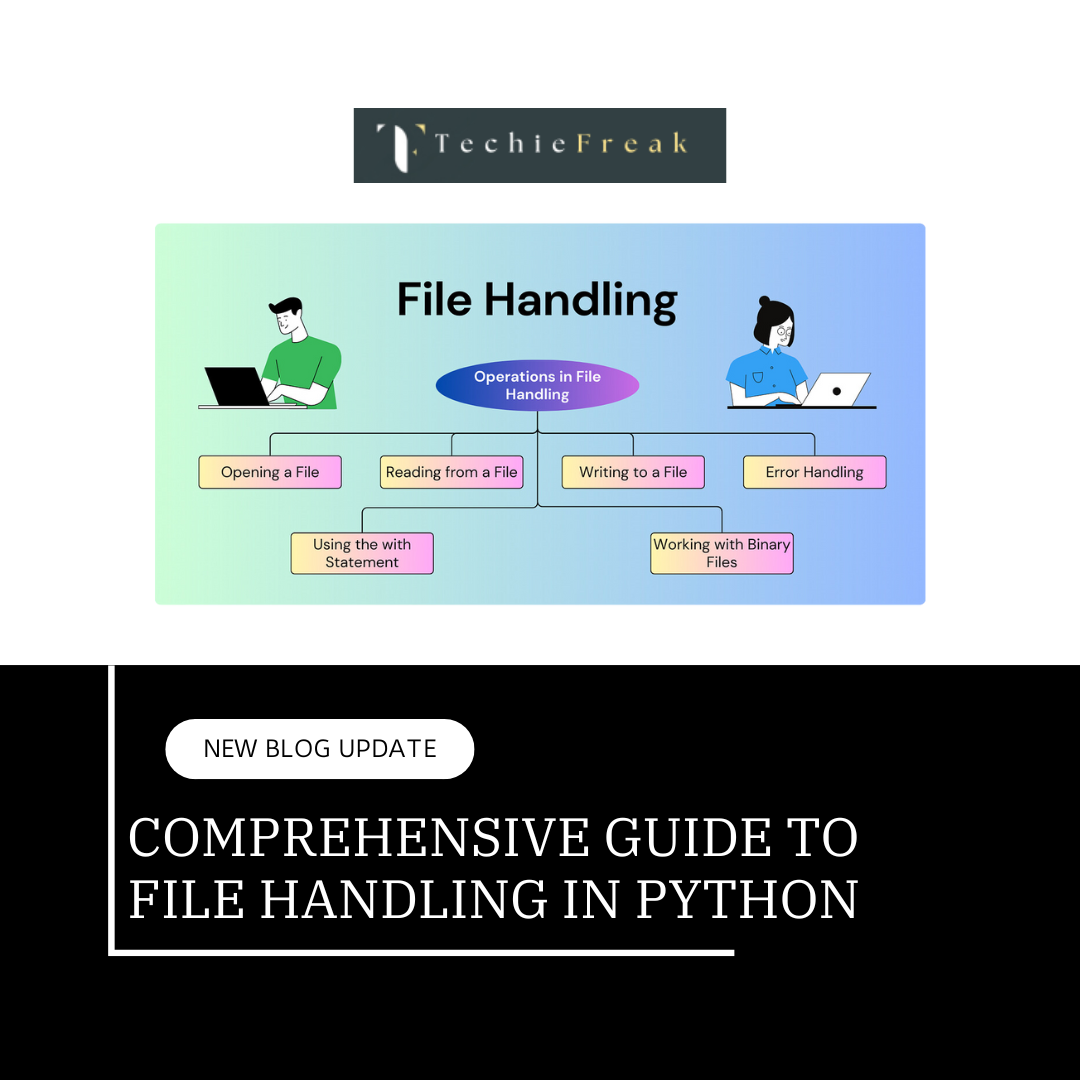





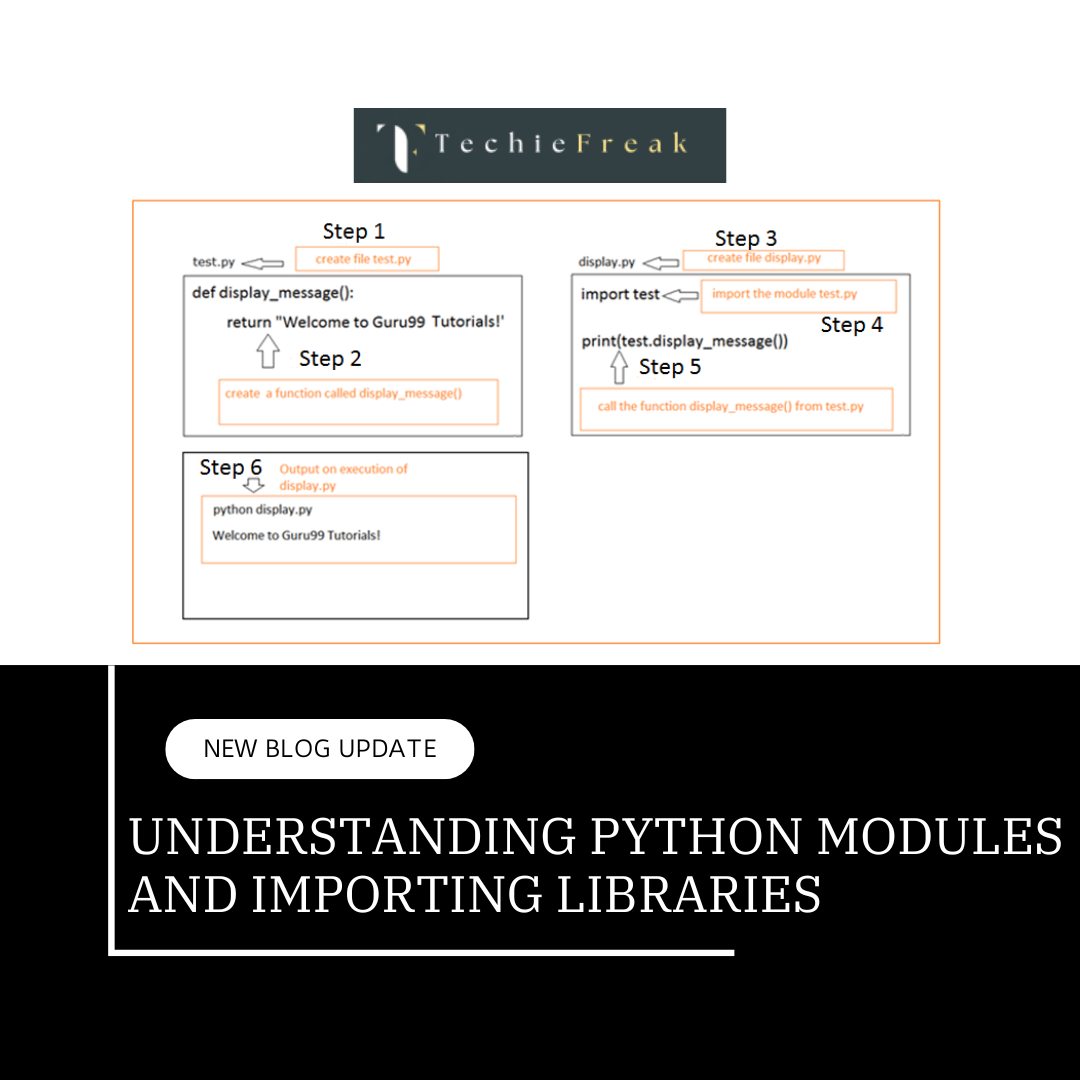
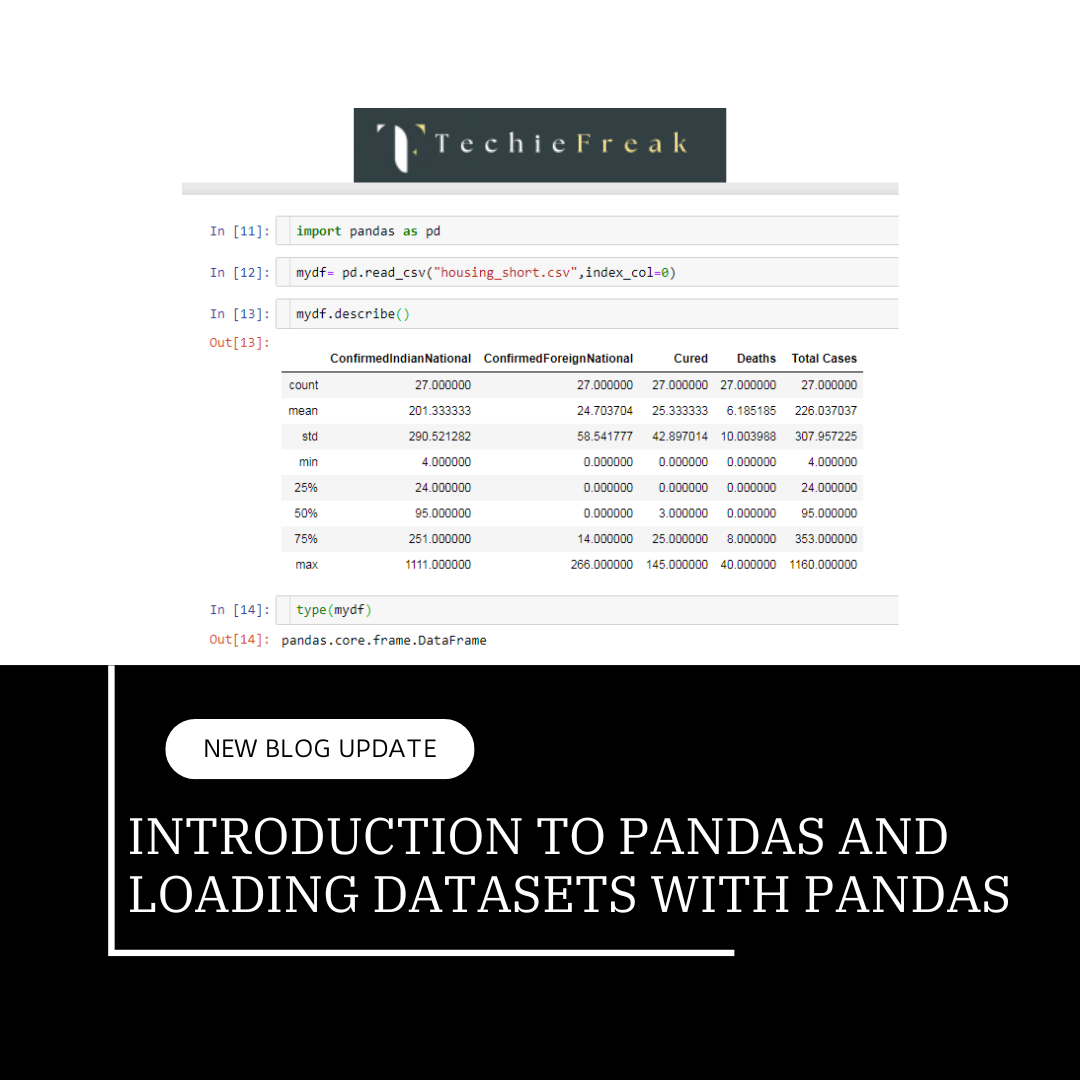
.png)

.png)

